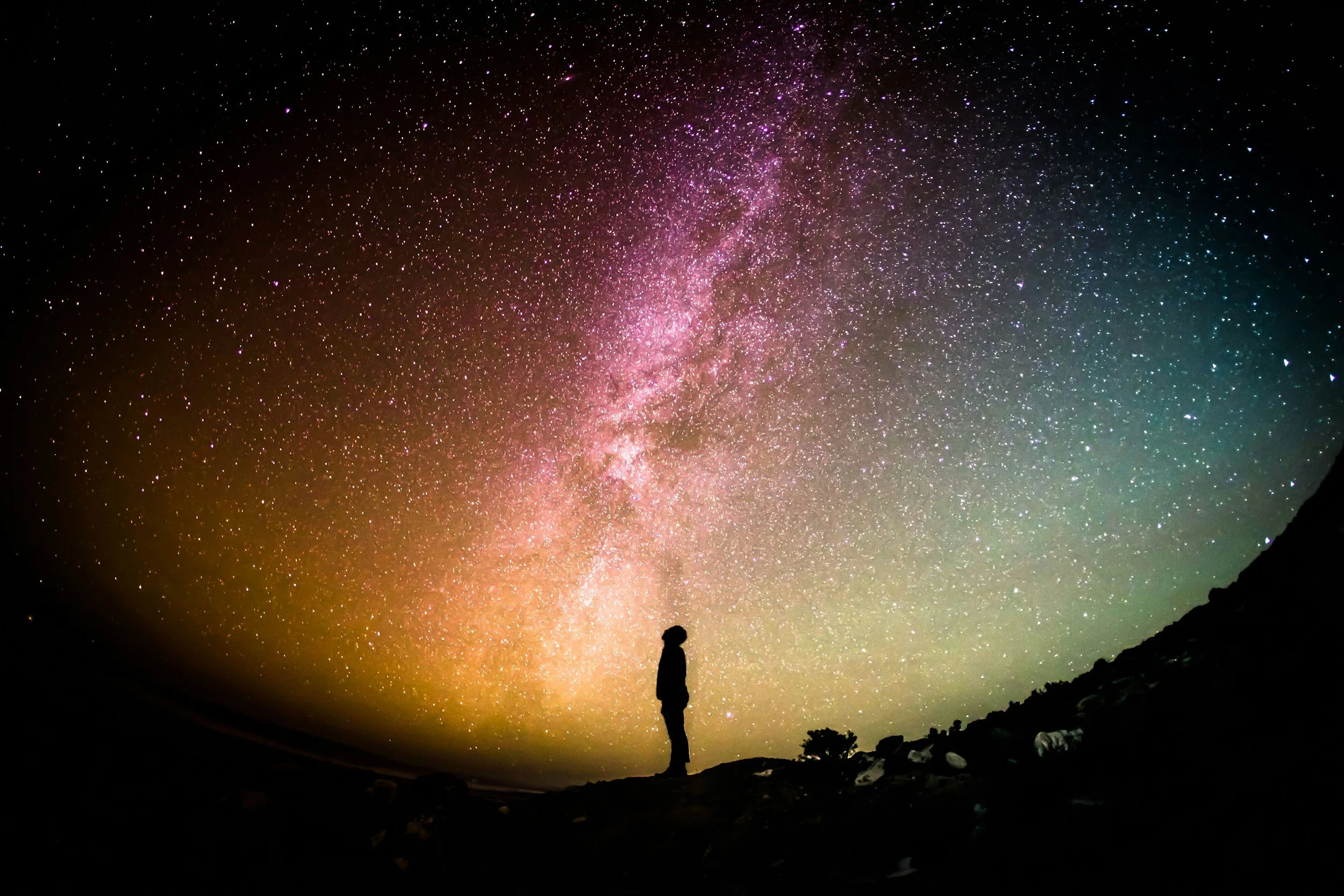So the final question is this? Is it worth it? Is whatever it is we are working on worth the humiliation of self-promotion? Is it worth the potential disappointment and being misunderstood? Is it worth potentially being tossed aside?
That is the real issue isn’t it? We are desperately afraid of creating something that is completely inconsequential. We have the sinking feeling that once we publicly launch we will know with greater clarity why it really was not a good idea.
These are the paralyzing sort of thoughts that enter an artist’s heart before launching something he has carefully crafted for too long. This is the artist taking too much credit for the piece, assuming almost the blame before it is there.
After all, have we not clearly established that this is a baby, the result of two entities coming together in love? Sure, but no one can really blame the Muse for a flop. The artist stands alone at the end of the day for his work.
But the beautiful equalizing question is simply and seriously this: who cares? Who cares what people think? Who cares what critics think? Who cares what our relatives think? Who cares what the passing trends of teenagers think?
The answer tends to be: “we do.” But why do we care? Why do we care what people think? Why do we allow our creative enterprise to be judged worthy or not by someone else? Getting to the heart of this question is critical for the artist.
Nowhere are we advocating for a free pass for anything “artistic” in nature. There is great value and need for critical inquiry. The fundamental crux of the problem is that we can only judge a work based on the externally-measured merit it brings to the public.
The necessary freedom to create as an artist requires distance from such measurement. An artist can most certainly create with a certain context in mind, and with a goal for that context. But still he must lead, and not follow it.
Being ahead of the market, but responsive somehow to it, is the unique challenge of the arts. Especially in today’s world where market research is so incredibly restrictively defined. Everybody fits into a category with a unique set of needs and wants.
Being able to lead a market means knowing that market. But in business that means something completely different than in the arts. Leading the market in the arts does not imply the market research and branding acuteness. It is something else.
It is more like leading a group of children or a youth group. Sure there are certain things that will work, certain patterns that make more sense, but there is more mystery involved. There is more relational currency needed to really get it.
The goal is not only understanding the needs of the market, it is actually helping shape those needs. In other words, it is directive, not merely responsive. We do not tell the group they need this or that (marketing), we guide them in assessing for themselves.
Violet, grape, disgust. Hate, happy to be. 18-Pontiac street. Lord, help me!
